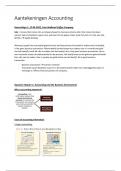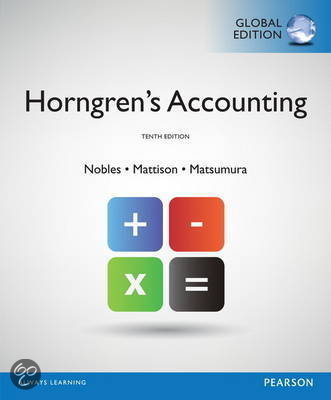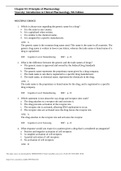College aantekeningen
Aantekeningen Hoorcolleges Accounting
- Vak
- Accounting
- Instelling
- Radboud Universiteit Nijmegen (RU)
Aantekeningen van elk hoorcollege van het vak Accounting (MAN-BCU168) Inclusief voorbeelden en plaatjes Radboud Universiteit
[Meer zien]






